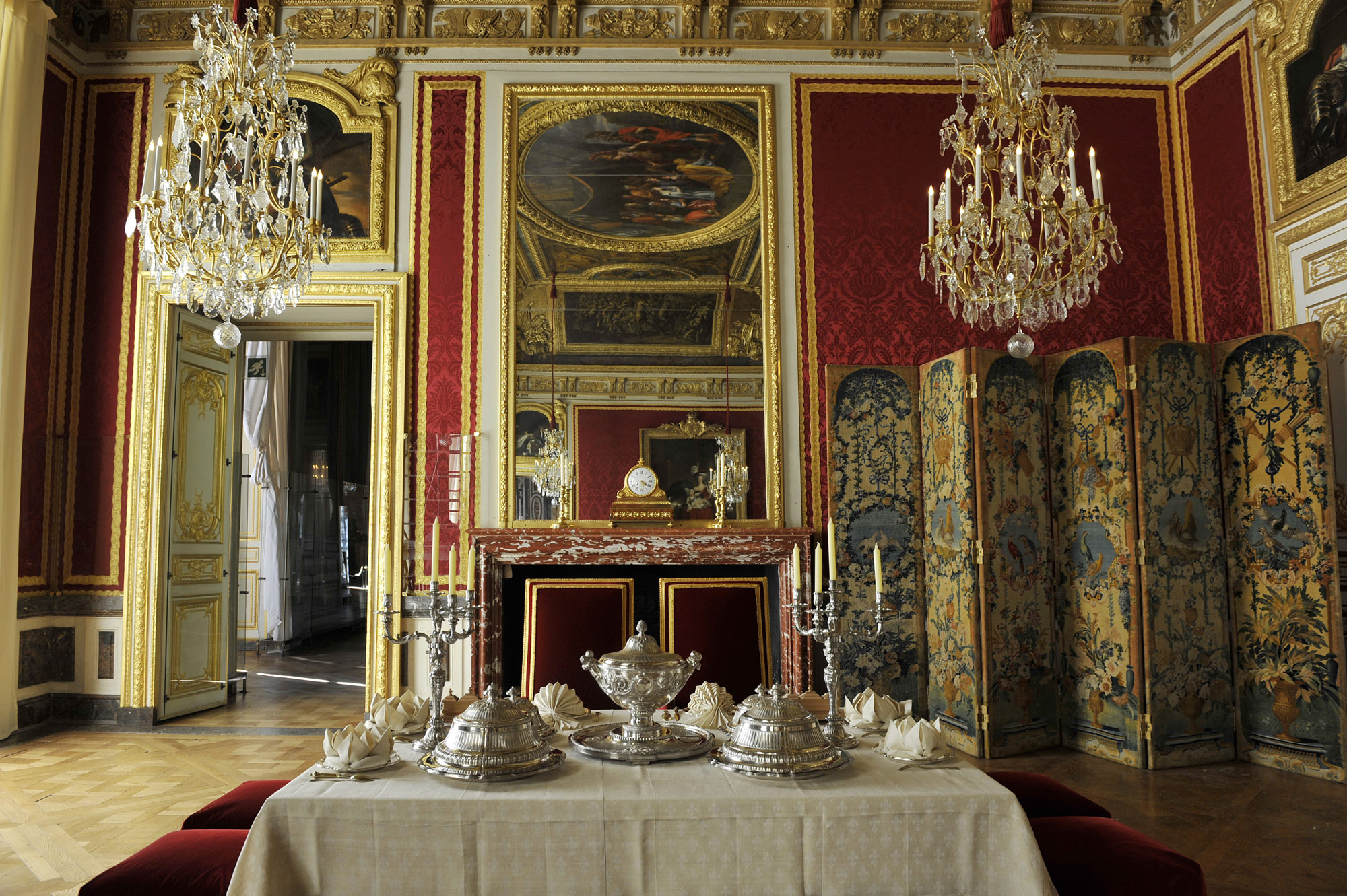Paris Meets Brooklyn: The Global Reach of Contemporary American Dining
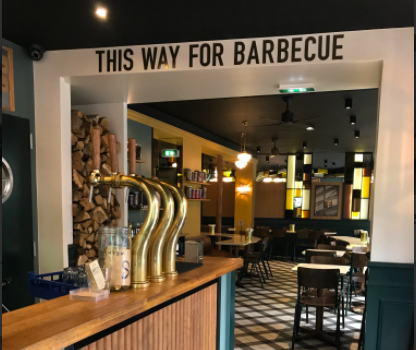
French food is a powerful signifier of French culture, inspiring tourists and international foodies to travel to France to taste authentic ingredients and enjoy exceptional dining experiences. In the last fifteen years, food critics and tastemakers agree that the global food business, which permits the regular importation and exportation of regional ingredients and encourages chefs to experiment with new techniques, has challenged the hegemony of French cuisine and dining. Fabio Parasecoli and Mateusz Halawa’s new book Global Brooklyn: Designing Food Experiences in World Cities (2021) recently asked food historians around the world to discuss how these new food-ways, honed in Brooklyn, New York, influence today’s cuisine. I was pleased to participate in this fascinating study and I am sharing a section of my essay dedicated to the advent of Global Brooklyn in Paris.

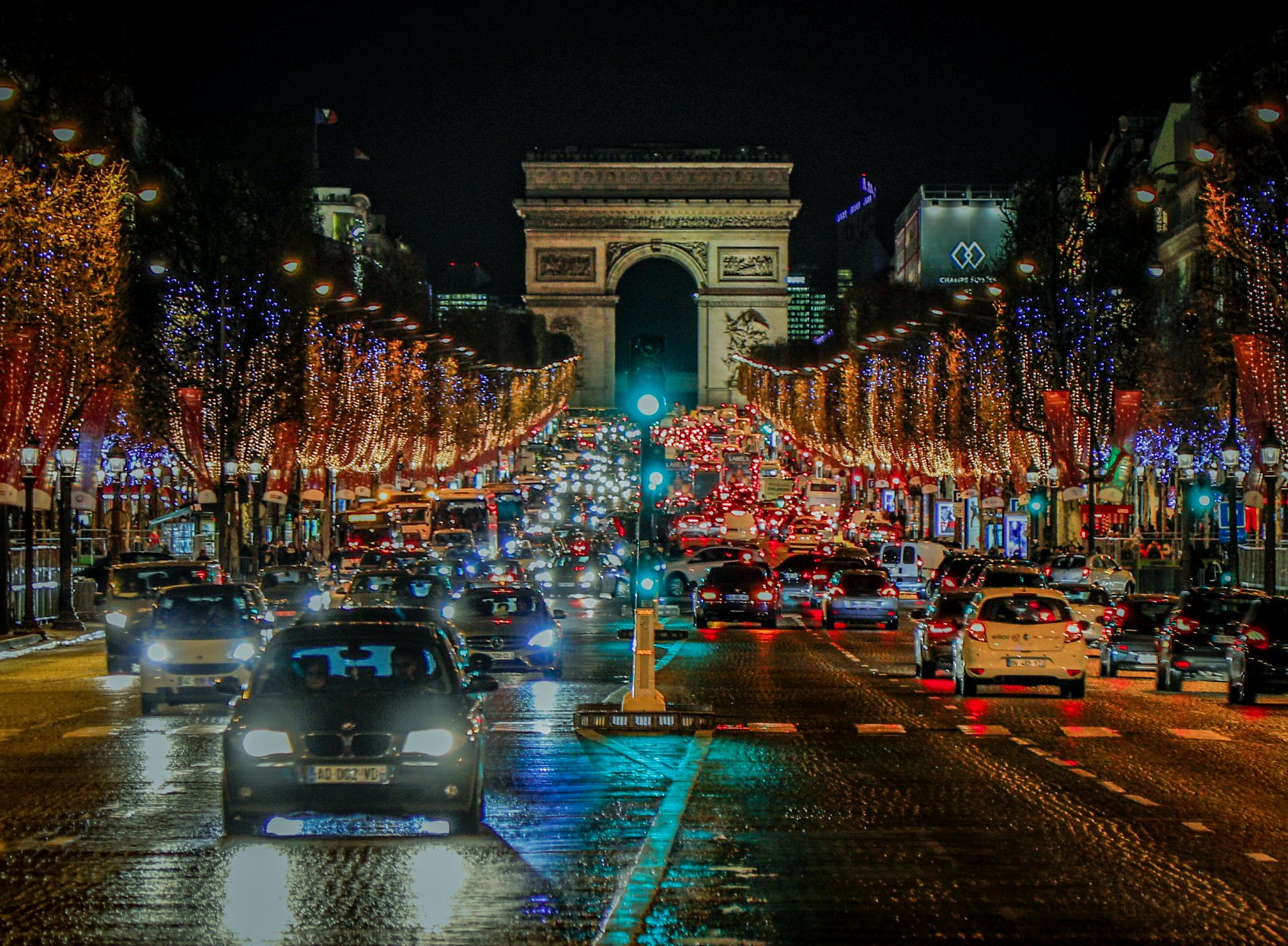
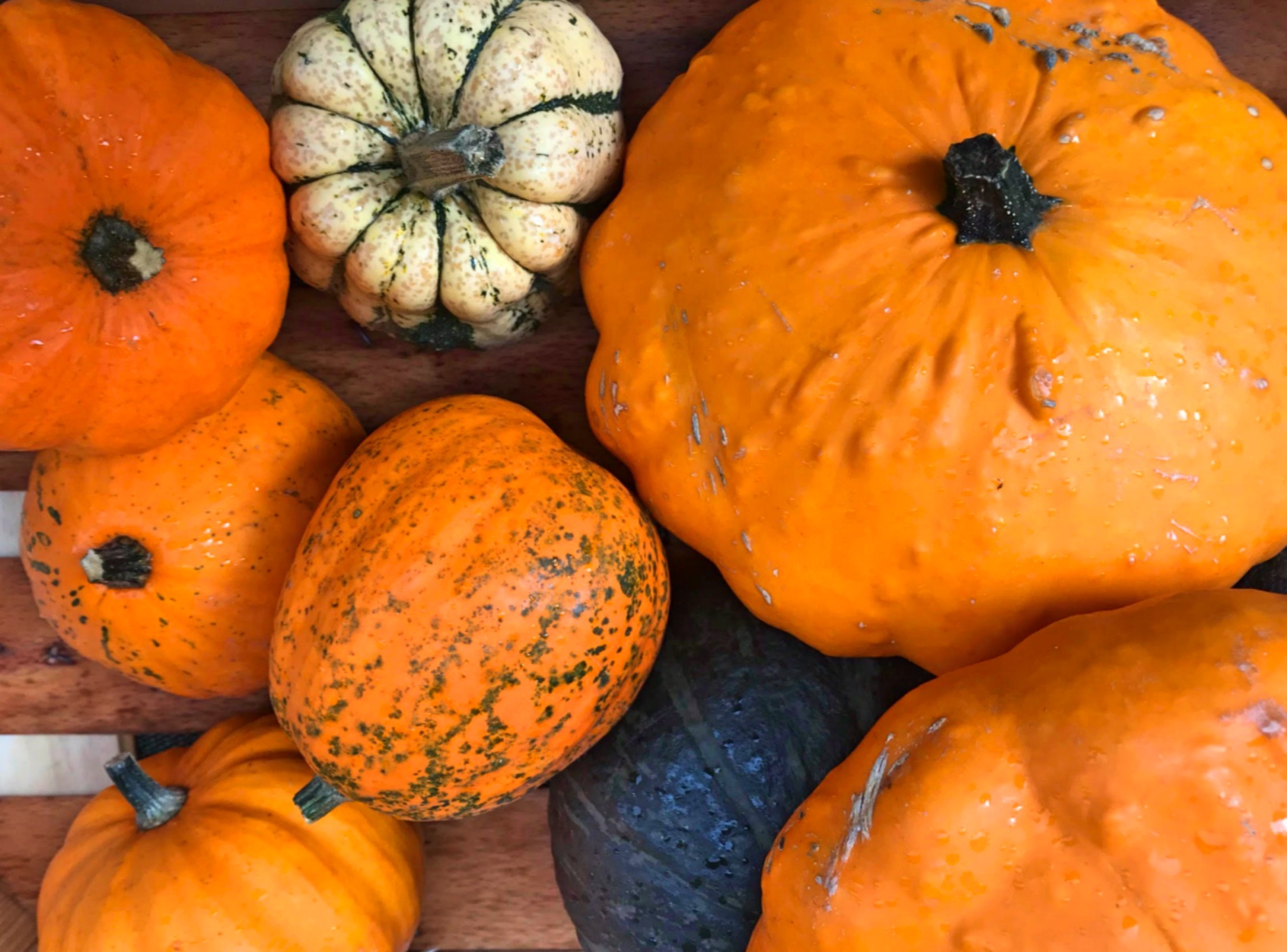
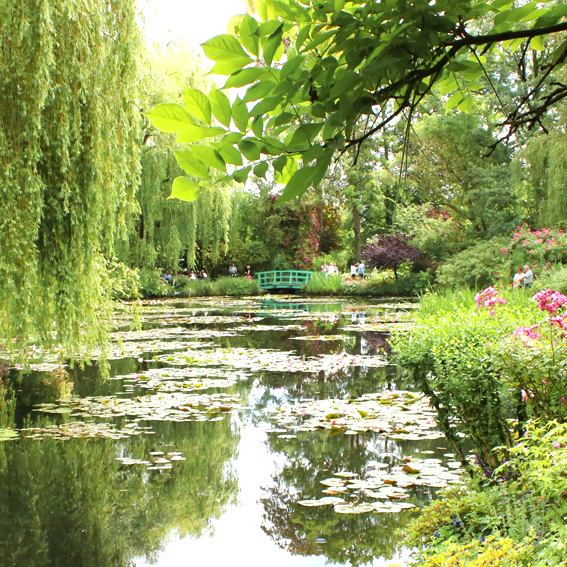 With the arrival of spring blossoms and warmer weather, it is all the more challenging to be confined to our homes. It was the goal of many Impressionist artists to capture this moment of nature’s splendor and few achieved this as gloriously as Claude Monet. Dreaming of his radiant gardens can offer some respite from our newly restrictive daily lives, especially his meditative water lily panels. These masterpieces have made the Musée de l’Orangerie one of the most famous museums in Paris, however, few know that the museum would not have been possible without the tireless efforts of Georges Clemenceau; then the Prime Minister of France and friend of Monet. This edition of our
With the arrival of spring blossoms and warmer weather, it is all the more challenging to be confined to our homes. It was the goal of many Impressionist artists to capture this moment of nature’s splendor and few achieved this as gloriously as Claude Monet. Dreaming of his radiant gardens can offer some respite from our newly restrictive daily lives, especially his meditative water lily panels. These masterpieces have made the Musée de l’Orangerie one of the most famous museums in Paris, however, few know that the museum would not have been possible without the tireless efforts of Georges Clemenceau; then the Prime Minister of France and friend of Monet. This edition of our 